Your hands are to gymnastic rings what your feet are to running: your foundation. Therefore, a proper understanding of gymnastic grips is necessary for all movements. The slightest change in the angle of your wrist can be the difference between macho-man and guy in a wheel chair. Here are the three main gymnastic grips to get you started.
Neutral Gymnastic Grip
Made for movements “under” the rings, like reverse rows and pull-ups. Keys to success:
- Upper portion of your palm, (right below the first knuckle) is where you should rest your hands on the rings
- Thumb AND fingers wrap around the rings
Working with rings involves a lot of forearms strength, particularly in neutral grip. If your grip isn’t strong enough to hold you, start incorporating forearm exercises into your routine. Having strong enough Lats to do one hundred pull-ups doesn’t mean much if your grip can’t hold you for one.
False Gymnastic Grip
Made for movements “above” the rings like the Tuck/L-sit and Muscle-up. Keys to success:
- When holding this grip, the ring should run from your lower palm below your pinky, to your upper palm right below your pointer finger
- Wrists should be slightly bent inwards
This is the trickiest of grips so be sure you have the wrist strength before jumping into it.
Above-the-rings Gymnastic Grip
Made for “above” the ring movements as well, like Top Position and Dips. Keys to success:
- The lower portion of your palm is where your hands should rest on the rings
- Wrists completely straight.
- Arms by your sides and flex your core muscles
Think of above-the-rings grip exercises as a plank exercise, perfection comes from no movement in your wrists and core. (While performing such exercises, think of trying to keep an imaginary cup of water on your head steady.)
Extra pointers
- While on the rings, don’t allow your wrists to bend through the rings in the above-the-rings or false grip positions. This is known as over-gripping, and is a great way to stress all the wrong muscles.
- If you’re just getting started with gymnastic rings, do not transition between grips while up on the rings. Let go of the rings, adjust your grip, and start again.
I’ve personally tweaked my wrist on gymnastic rings and it’sno bueno. Not only was I incapable of exercising for weeks, spooning cereal into my mouth from my cereal bowl became an act of futility. Patience is key, find out what you’re capable of and use that as a starting point.
Feedback
I’m always looking to provide readers with the best advice possible. Your feedback in the comments below is a great way to continue the conversation.
Which grips are easy and which ones do you struggle with?
As a beginner, how long did it take your wrist/grip strenght to get where you needed it to be?

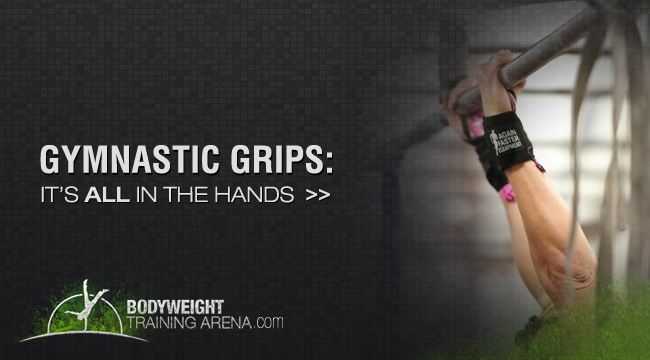

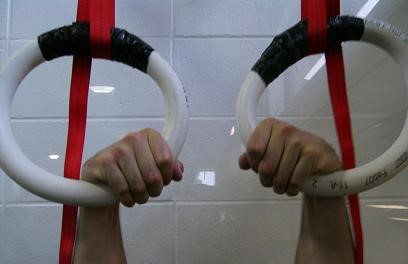

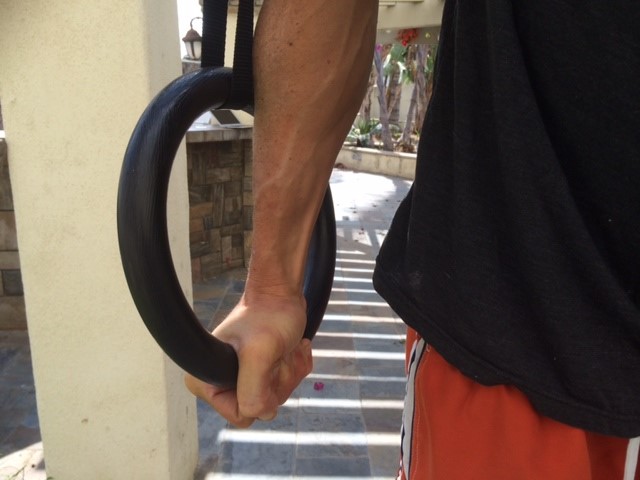

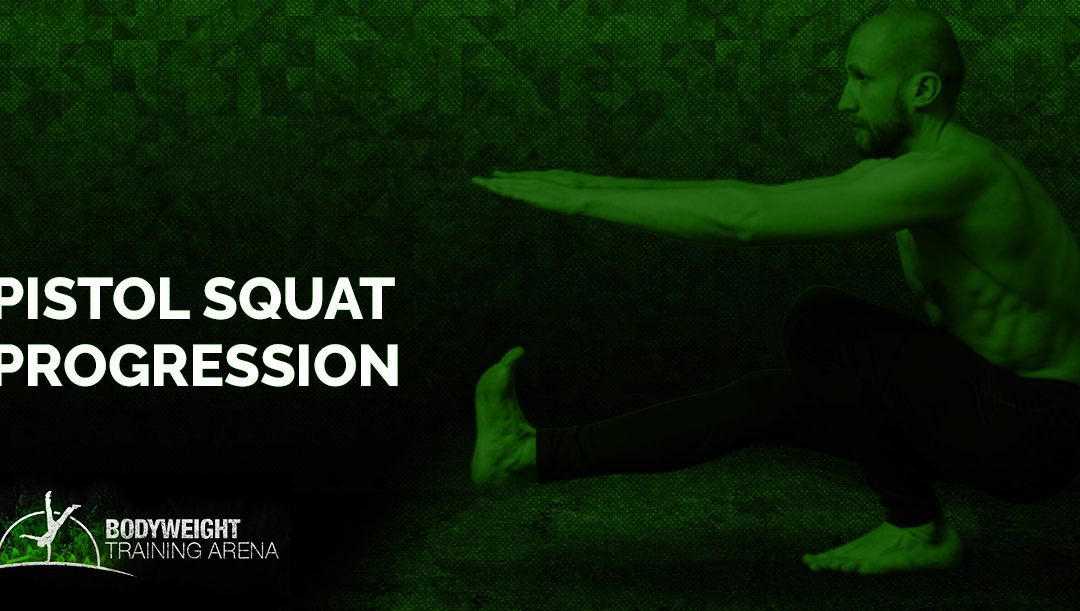
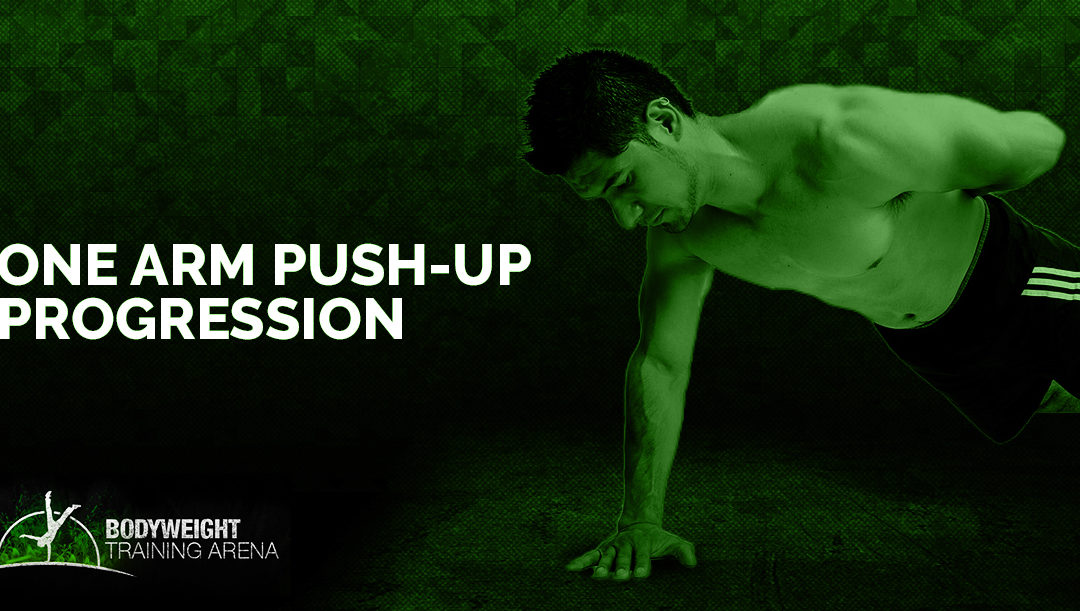


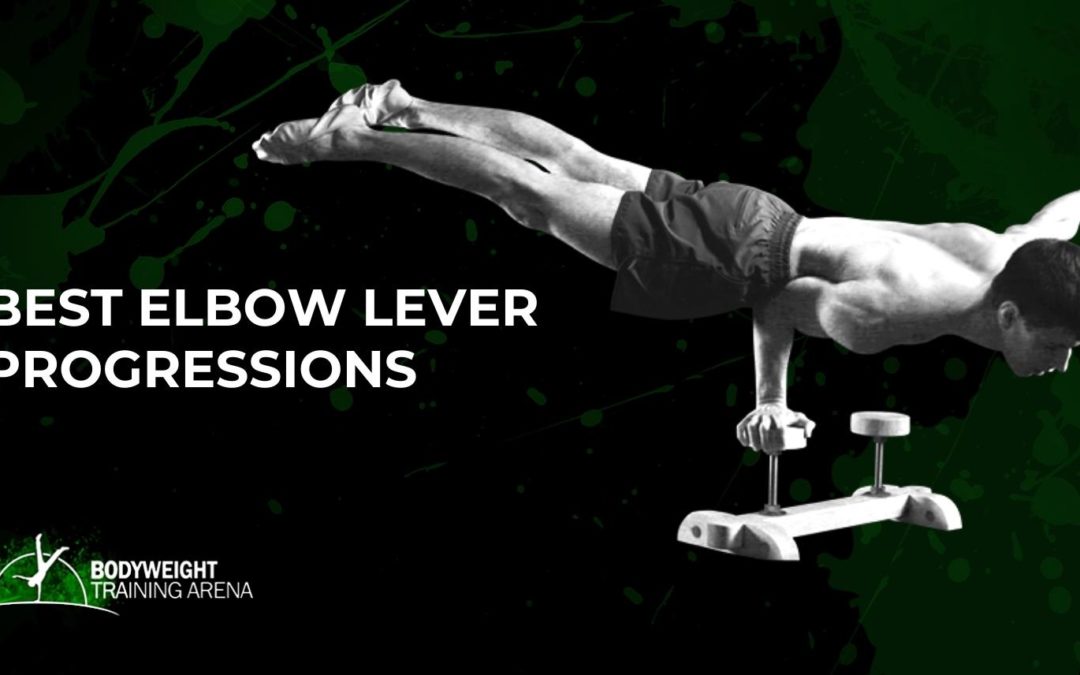

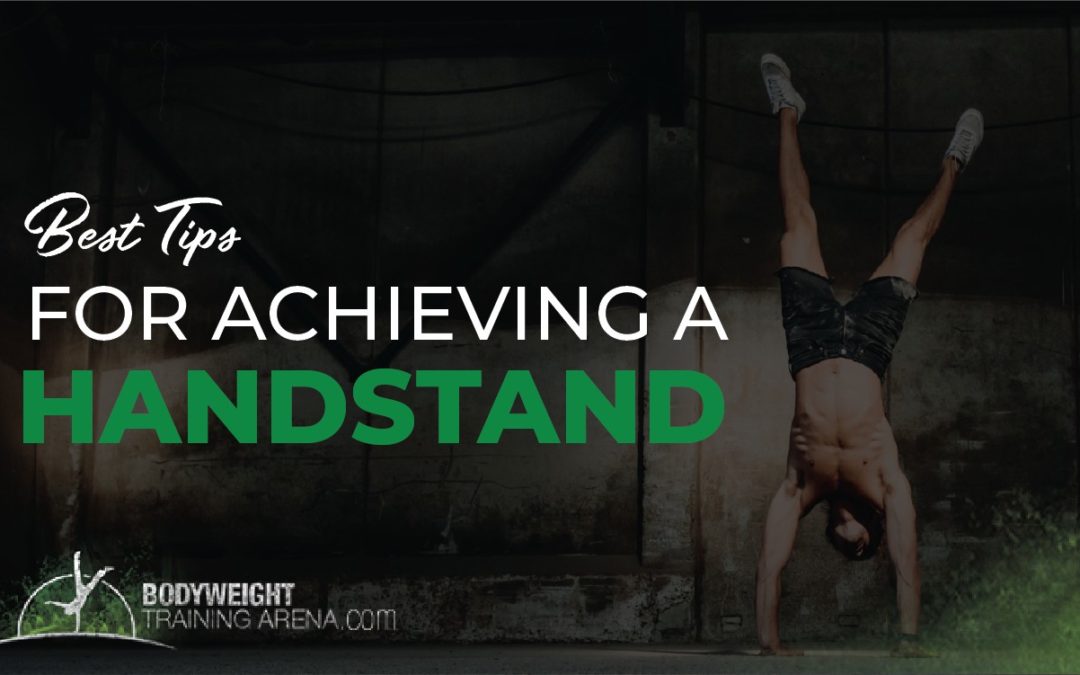

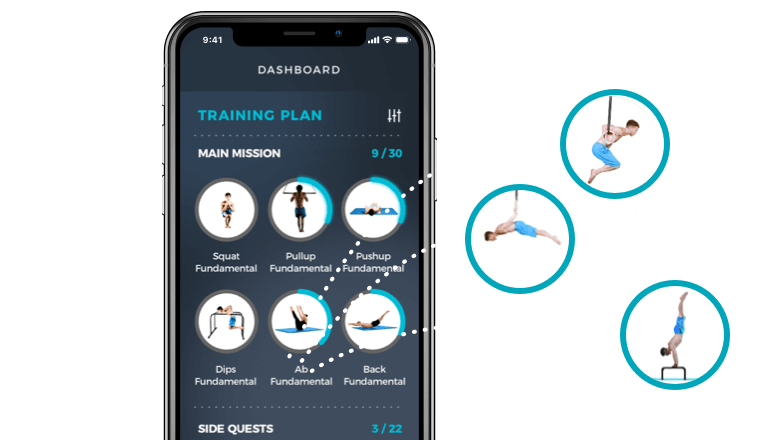
0 Comments